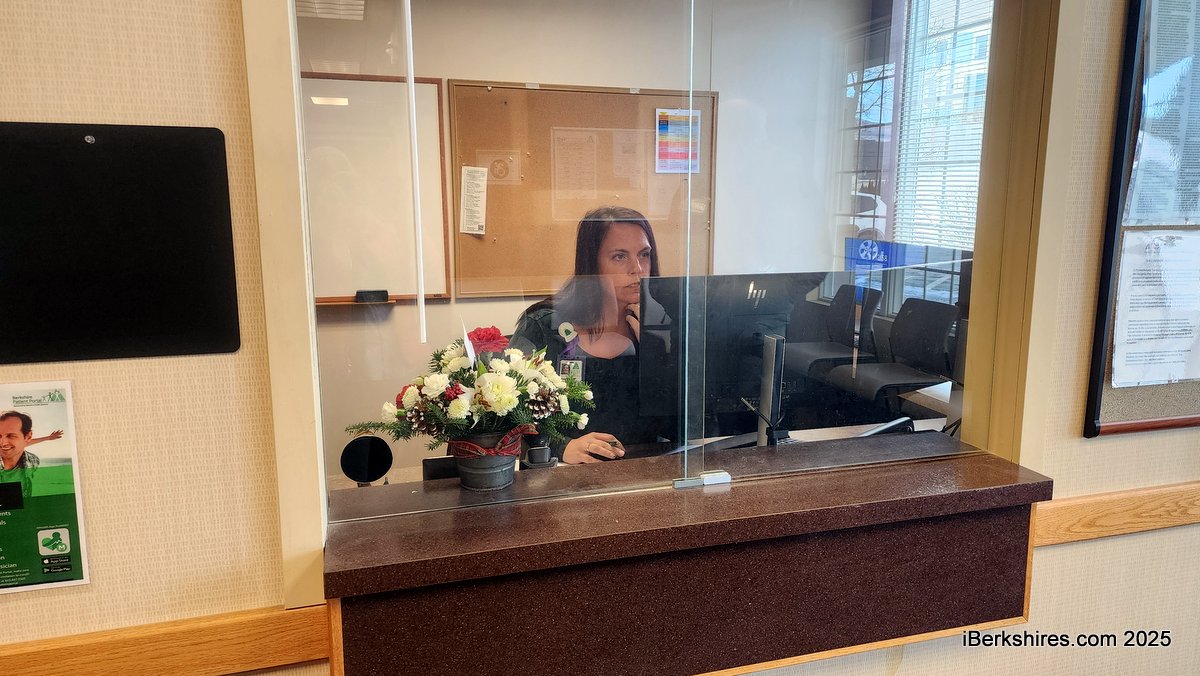
Williamstown Housing Panel Seeks New 'Spruces'
 |
The Affordable Housing Committee is proposing to study available land for up to three building sites in hopes to return to the CPA next year to request funds to build new homes to replace those destroyed by Hurricane Irene.
"We still have about 31 people living in motels in the area," Robin Lenz, who formed the nonprofit organization Higher Ground to help the park's displaced residents, told the CPA board on Tuesday. "There are 60 people staying with families on an emergency basis."
According to Catherine Yamamoto of the Affordable Housing Committee, the group is working out a proposal for the December deadline to apply for CPA funding. The study will help determine where a new village-like housing development could be located. Yamamoto initially said the group would look to apply for $20,000 to $25,000 but CPA committee members encouraged her to ask for more because of the cost of consultants.
"It's not enough," Town Manager Peter Fohlin said. "You won't be able to get a consultant to get out of bed for $20,000."
Fohlin said he would put Yamamoto in touch with professionals who can help find a contractor's bid for the proposal. The Affordable Housing Committee is one of three projects that voiced ambition to be funded in the next round of funding.
Janette Dudley said she will be making a pitch to receive funding to purchase the Sand Springs Pool and operate it as a community pool, which would include free swim lessons. Last year, the committee denied a request from citizens to purchase the pool after it closed but since then the group has organized and developed plans for the pool's operations.
"We intend that this will be self-sustaining," Dudley said. "We have a number of different sources of revenue."
Dudley said the plans call for expanding food service, creating a winter skating rink, renting the top floor and instituting membership and user fees. The group also hopes to raise enough money for an endowment. The income will help pay for not only the operating expenses but scholarships for local children to learn how to swim.
Some board members expressed concern that the pool would return to a "social club" that excluded the community and questioned why public funds should be used that way. While Dudley said the membership fees might be "out of reach" for some, the extra programming will be open to all.
The proposal qualifies under both historic preservation and recreation, Dudley said, and highlighted the history of the property that dates back the Native Americans. Dudley said the group plans to make an educational video documenting that history.
While some board members were skeptical of the fees, committee member David Rempell, who is also the director of the Williamstown Youth Center, said there is a need for swimming programs in town.
"There are a considerable amount of children that cannot swim," Rempell said of his experience with swimming programs at the center.
Dudley's proposal was backed by notable residents Carl Samuelson, a longtime Williams College swimming coach who also spoke about the importance of teaching children how to swim, and Williams College's "first lady" Karen Falk.
Also returning to the CPA committee looking for funding is the South Williamstown Historical Society in an attempt to fix broken gravestones in Southlawn Cemetery. Last year, the CPA recommended about $13,000 for the repairs, which was a far cry from the close to $64,000 it had asked for. The society will be applying for the $51,380 that it did not get.
"We like to think we're on the home stretch of the first major push," Regina Rouse said. "We think that would finish it off."
After that "first push" is completed, the group will then fund raise to create an endowment for future repairs.
The committee is expecting to have about $559,000 available to award to local projects that fit into either recreation, open space, historical preservation or affordable housing categories. Applications are due in December and the board will make recommendations to voters to fund some projects at town meeting.
Tags: affordable housing, community preservation, Spruces,
















